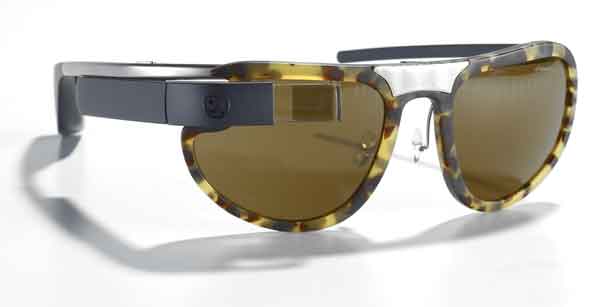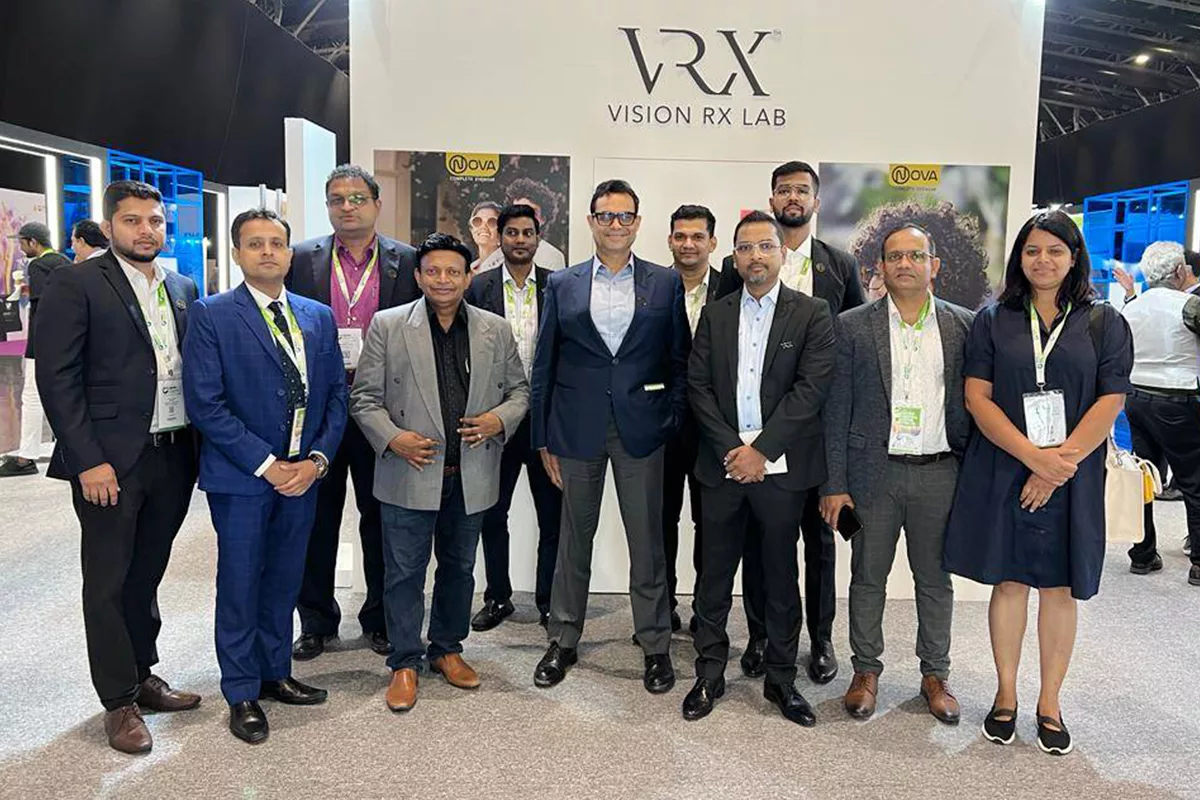With smart glasses bound to grow in popularity, pretty soon the demand for ‘smart glasses with prescription’ will increase. Are we prepared for this demand? Are Smart GOLD lenses the answer to this? Rochester Optical seems to think so
Welcome to the intersection of technology and eyewear. The rapidly emerging field of wearable technology has set sights on eyeglasses and the result is, smart glasses and electronic eyewear require smart solutions.
SMARTPHONES REPLACED BY WEARABLES?
Some people expect that by 2020 smartphones will be replaced by smart contact lenses, eyewear, watches and in-ear audio plugs that communicate with wearable computers. Regardless of whom we believe, the numbers of wearables will be substantial, and doctors, opticians and paraoptometrics need to understand how to think about wearables.
WEARABLES
Most have read about the explorer’s experiences with Google Glass, many have seen the Recon products that add GPS to snow goggles and help measure speed. MetaPro, Vuzix, Google, EPSON, Recon and others will open a variety of new doors to the way that we think about eyewear. In each case, these glasses make mobile computing accessible through your eyewear.
Wearables can be considered in three broad categories – smart glasses and, augmented and virtual reality eyewear. However, prescription eyeglasses have their own unique characteristics that can complicate the effective use of smart eyewear. Therefore, with knowledge of wearables and the Eye Care Professional’s (ECP) knowledge of prescription eyewear, it makes the ECP the best suited to adopt and deliver smart glasses to the public.
So, what can ECPs do uniquely in their practices to fuel customer satisfaction and practice growth with smart eyewear? First, understand the categories.
WEARABLES 1 – Smart Glasses/Goggles
Smart glasses are eyewear that include a wearable computer and heads up display (HUD). They may or may not include a prescription as part of the basic frame, or as a convenient add-on, as well as audio and phone connectivity. Google Glass is an example of smart glasses that include all of these features. The HUD visually delivers a screen that can contain many of the same items as your smartphone – location, text, directions, photos, videos, live chat and other activities make smart glasses an integrated part of day-to-day activities. Examples of HUD glasses are Google Glass, Samsung’s Gear Blink and Vuzix M100. In the sports eyewear side of the business, Recon Jet and Oakley Airwave, amongst others, add a HUD to snowboarding goggles.

WEARABLES 2 – Augmented Reality Eyewear
Augmented reality is a live, direct or indirect view of the real world (thanks Wikipedia). One might think that smart glasses are also augmented reality, but augmented is a display that is embedded within the lens rather than a separate attached HUD. Any variety of things can be seen or information delivered in an augmented lens. For example, there might be an application for nursing where the glasses deliver the real view of the patient with name and vital signs displayed, medications prescribed, allergies, etc. Bluetooth delivers this information wirelessly to the display screen embedded in the lenses.
WEARABLES 3 – Virtual Reality Eyewear
Virtual reality eyewear is defined as “…immersive multimedia, in a computer-simulated environment that simulates a physical presence in places in the real world or imagined worlds” (Wikipedia). In this eyewear, the outside world is excluded. This gives the wearer a sense of a new environment. Examples of virtual reality eyewear are Oculus Rift, Zeiss Cinemizer and Avegant Glyph. If you are a gamer, the opportunity to be immersed in a virtual world is exciting. Watching a movie without outside distractions is a new experience, more 3D-like without the discomfort that some have with 3D.
THE PROFESSIONAL’S OPPORTUNITY
There is a complex set of requirements needed to fit every person successfully. Prescription, lens surface design, centring and fitting characteristics all affect the resulting vision. Thus, there are some not-so-good side effects of smart glasses. ECPs report a variety of visual maladies. They include eye fatigue, eye strain, difficulty re-focusing at far distances and blur in lenses that can’t seem to be avoided. In many cases, smart glasses require a particular line of gaze when viewing the HUD, resulting in unwanted prismatic effects and off-axis aberrations in some lenses. This is especially true in single vision lenses or high powers and/or oblique cylinders and progressives, especially in front surface and non-optimised designs. These aberrations can contribute to dissatisfaction with smart glass performance.
A SMART GOLD SOLUTION
Rochester Optical has introduced a prescription lens solution for smart glasses, called Smart GOLD, for those with problems viewing the HUD through prescription lenses. GOLD is an acronym for Glasses Optimized Lens Designs. The optimisation of the lens’ design considers fitting requirements and the prescription, so the visual experience is enhanced for wearers of smart eyewear, including Google Glass. GOLD is custom-designed for the challenging vision demands of viewing the HUD in smart glasses.
Each lens is digitally engineered using ray tracing software to adjust the design for a variety of power and fitting parameters, uniquely for the right and left eye. In the case of Google Glass, the HUD is viewed through a prescription lens, but is only located in the upper right quadrant of the right eyewire. For example, it’s common for the lens’ optical centre to be as much as 30mm (or more) away from the point through the lens to view the HUD. If the right eye were a -4.00D sphere, the prism induced at that point is as much as 12 prism diopters.

The Smart GOLD solution is to create an additional optical centre in the location where the HUD will be viewed. This mitigates the induced prismatic effect at that point of the lens. Additionally, the area surrounding this secondary focal point is further optimised to reduce the off-axis aberrations that are associated with the lens’ peripheral optics. Smart GOLD also addresses the same area of the lens for the opposite eye, however the intent of the design for this lens is to compensate the area’s optics to respect and support balanced binocular vision.
AVAILABILITY
Because of digital manufacturing, Smart GOLD lenses are available in the prescription range of -12.00D to +8.00D with cylinders to -4.00D. Users can choose from single vision, flat top 28 bifocals or Smart GOLD digital progressives. For multifocals, one can add powers +0.75D to +3.50D. SV and Smart GOLD digital progressive lenses can be created in 1.50 plastic, Trivex, 1.60 and 1.70 high index in clear, polarized or photochromic.
CONCLUSION
Almost two-thirds of the adult population requires some form of vision correction. That same population accesses a mobile device daily. With all the functionality and usability of smart glasses, it is expected that many consumers will want to combine the need for prescription eyewear with the functionality of a mobile device. Without corrective lenses for these devices, many users won’t experience their full potential. However, the right corrective lenses can make a difference. Smart GOLD lenses and designs seem to have the capability to provide a fix for the negative visual experiences experienced by prescription lens wearers.
Credit:
With inputs from Waterside Laboratories and Rochester Optical












